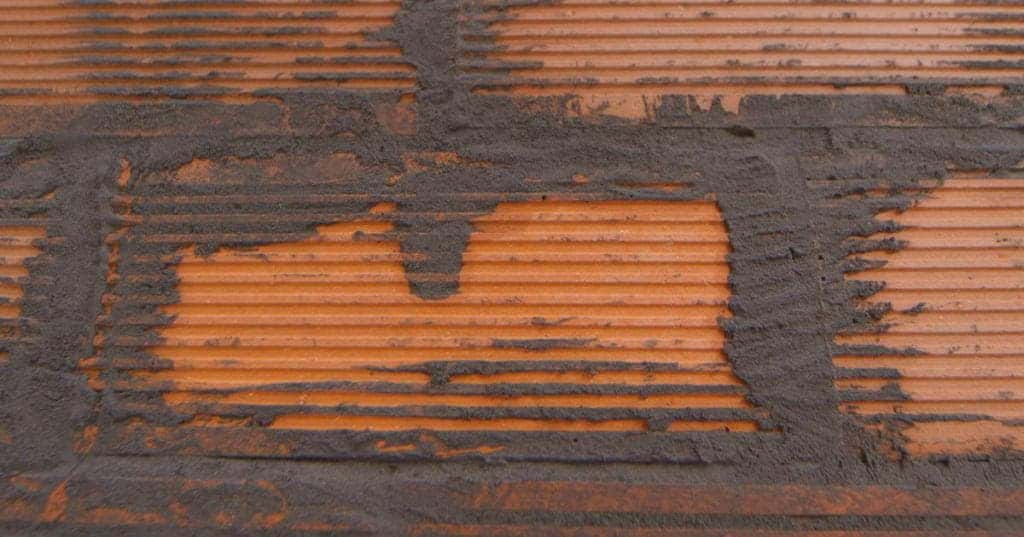Houses of the future might be built with bacteria – at least partially. It may sound like science fiction, but a Spanish company located in Madrid is working to make that a concrete reality.

It all starts with a common type of soil bacterium being. Put it in some soil, provide it with nutrients, and keep the temperature steady at about 30 degrees, and then let it work its magic; after a while, add it to a mix of sand, industrial cement waste and the ash of rice husks.. Piero Tiano, a biologist with the Italian Institute for the Conservation and Preservation of Cultural Heritage told euronews how it works:
“Inside this mix, bacteria starts to develop; they basically grow in number. The bacteria has to reach a certain quantity in order to make cement. After around three hours of fermentation, our mix is ready for use”.
OK, but why would they want to do this? Well, about 5% of global carbon emissions originate from the manufacturing of cement. Furthermore, the global production of cement in 2030 is projected to grow to a level roughly 5 times higher than its level in 1990, with close to 5 billion tones worldwide This project aims to make cement not only cheaper and easier to make, but also more sustainable.
“Our raw materials are basically all waste. So we don’t have added costs,” said Laura Sánchez Alonso, a mining Engineer and Eco-Cement project coordinator. For instance, we don’t need to extract and transport the limestone commonly used to produce cement. And we also save the energy costs”
Less heat means lower amounts of energy invested and less emissions. To put some figures down, this technology can reduce greenhouse gas emissions by 11%, and production costs by 27%. This might not seem like much, but again – consider the massive quantities of cement fabricated throughout the world. This are also only the initial results – researchers are working to make the technology even more efficient and eco-friendly.
“In ordinary cement, they have to use very high temperatures, up to 1,400-1,500 degrees Celsius in order to turn limestone into cement. That is part of the process. And that takes an awful lot of energy. Here we only need bacteria to multiply at 30 degrees. So that is a massive difference. And that amount of heat energy is saved because we are using a biological process to bind the particles together”.
The bacteria basically produces limestone, but if it’s not carefully planned, it may produce too much or too little.
“It’s important to know the ideal density of bacteria in the mix,” said Linda Wittig, an industrial chemist with Fraunhofer-IFAM.
To make things even more interesting, the resilience, resistance and sturdiness of the resulting structure means that researchers can also use this bacteria to create mortar.
“We decided to use this material as mortar and not as concrete because it is not as strong as traditional concrete. But it can be easily transformed. This is the reason why we decided to use this material as mortar,” said Nikos Bakas, a civil engineer at Neapolis University in Greece.
Realistically speaking, the technology is still a few years away before actually hitting the shelves – but developing a cheaper, easier and more sustainable system of creating cement… sign me up any day!
Was this helpful?



